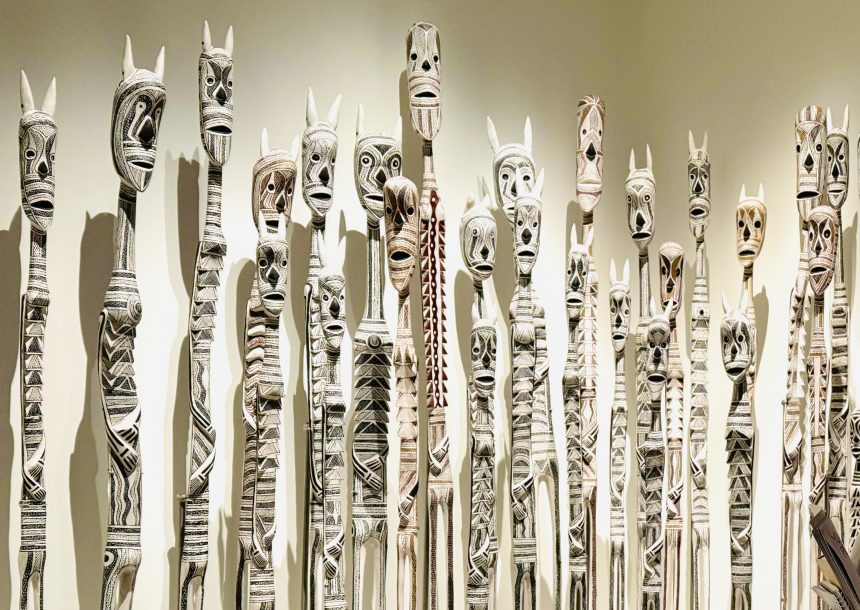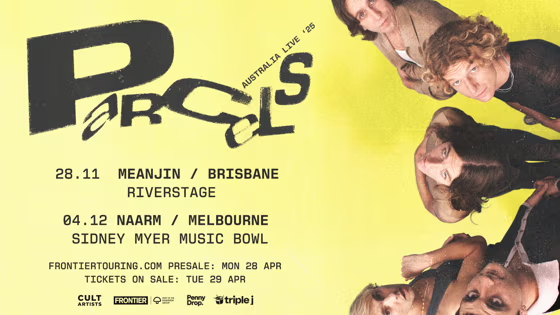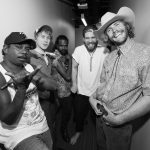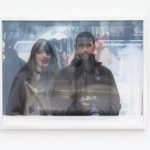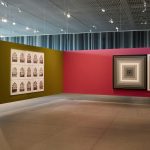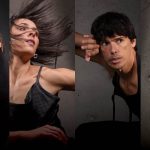For almost 90 years, artists at Yirrkala have shared art as a means of cultural diplomacy – as a respectful assertion of power in its diverse forms, from sovereignty to influence, authority and control, to energy, strength and pride. Yolŋu power: the art of Yirrkala showcases the extraordinary artists of Yirrkala in north-east Arnhem Land, Northern Territory, and the power of their art from the 1940s to the present.
Presented in partnership with the Indigenous art centre in Yirrkala, Buku-Larrŋgay Mulka Centre, the exhibition brings together almost 300 works by 98 artists and considers the significant moments in Yirrkala’s history.
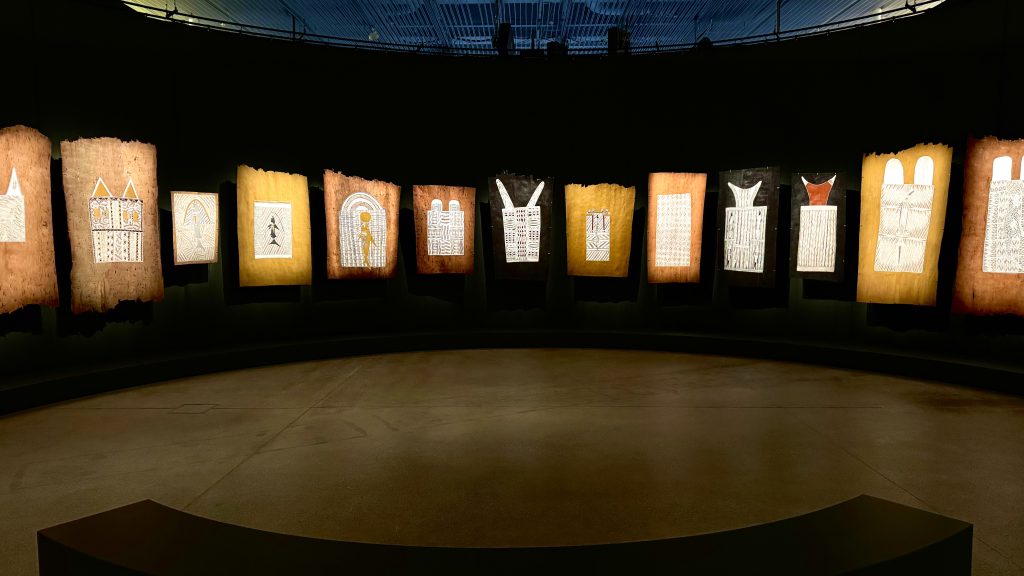
In covering multiple generations, Yolŋu power highlights familial connections and cultural continuation. It also contextualises the work of individual artists within the broader school of artists from Yirrkala and surrounding Miwatj Country, whose contribution to both Australian and, increasingly, international art, is profound.
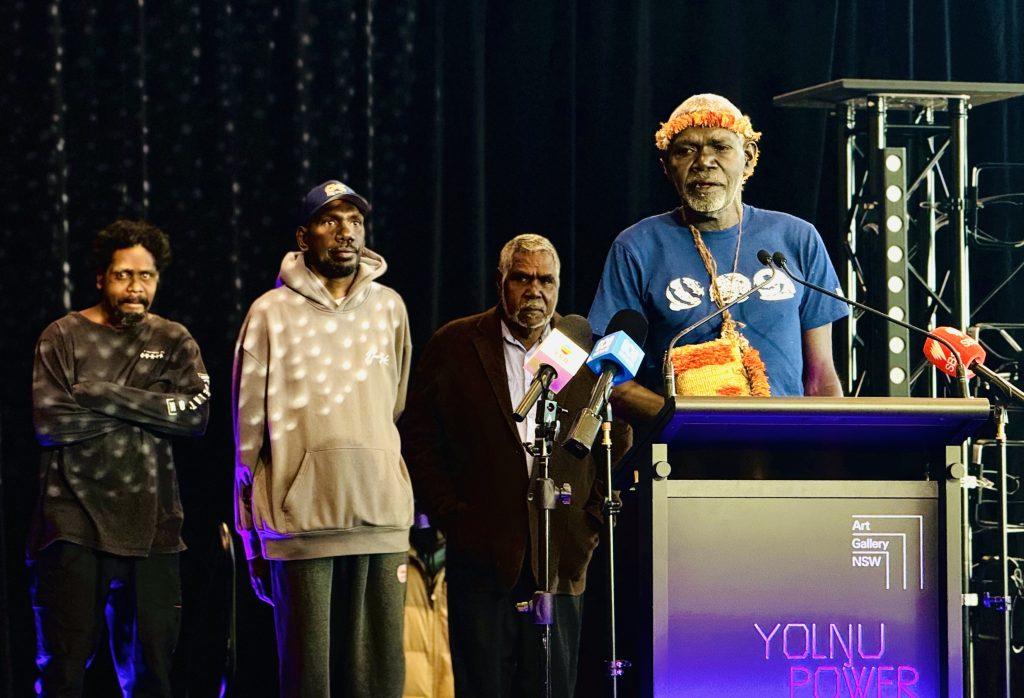
Yolŋu need gamunuŋgu ga manikay.
The designs and the songs. It comes from our body. It comes from our minds. It comes from the ground. This is where our power comes from. Each clan has its own essence and its own energy coming through its own identity. When all these separate powers combine into one infinite universal whole expressing all the facets of creation, this is the true Yolŋu power.
This power is coming to us from the past. It has been brought to us by our old people. It is flowing through each generation and getting stronger each time it is passed on.
Binygurr Wirrpanda
Chair, Buku-Larrŋgay Mulka Centre
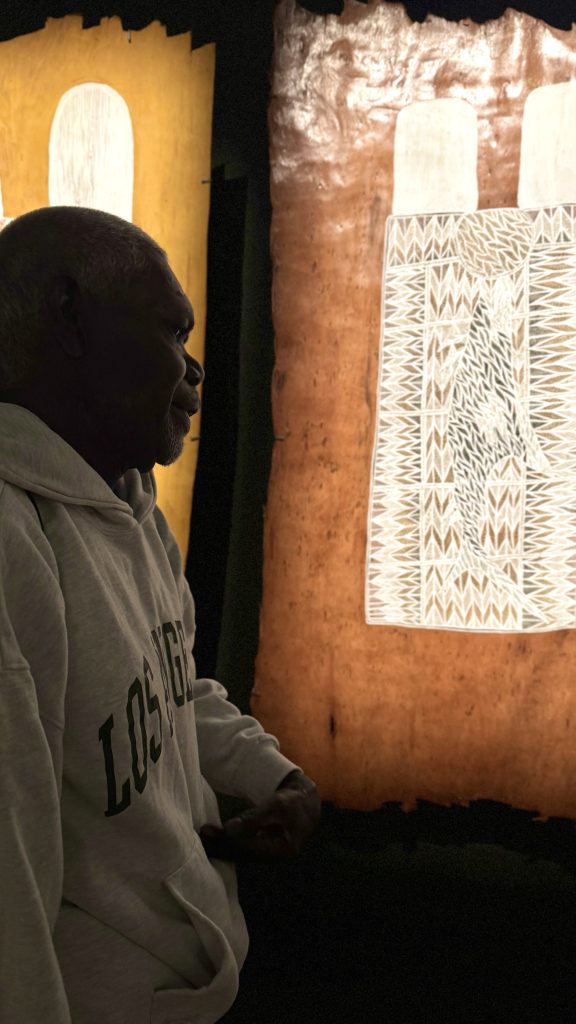
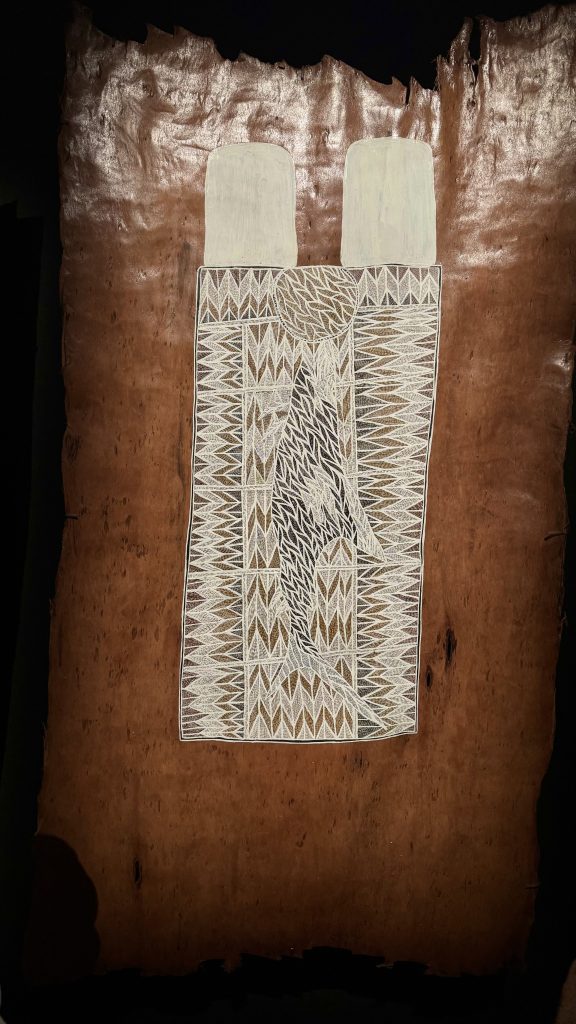
AGNSW director Maud Page spoke to assembled media at the opening about Yolŋu artists. “Through their work, they have asserted identity, told truth, and shaped change,” she said.” They bring a view of the world that is completely interrelated, with humans, dependent, nourished and giving to all living elements, in a way that in 2025, with everything that is happening here and internationally, we would do well to heed.”
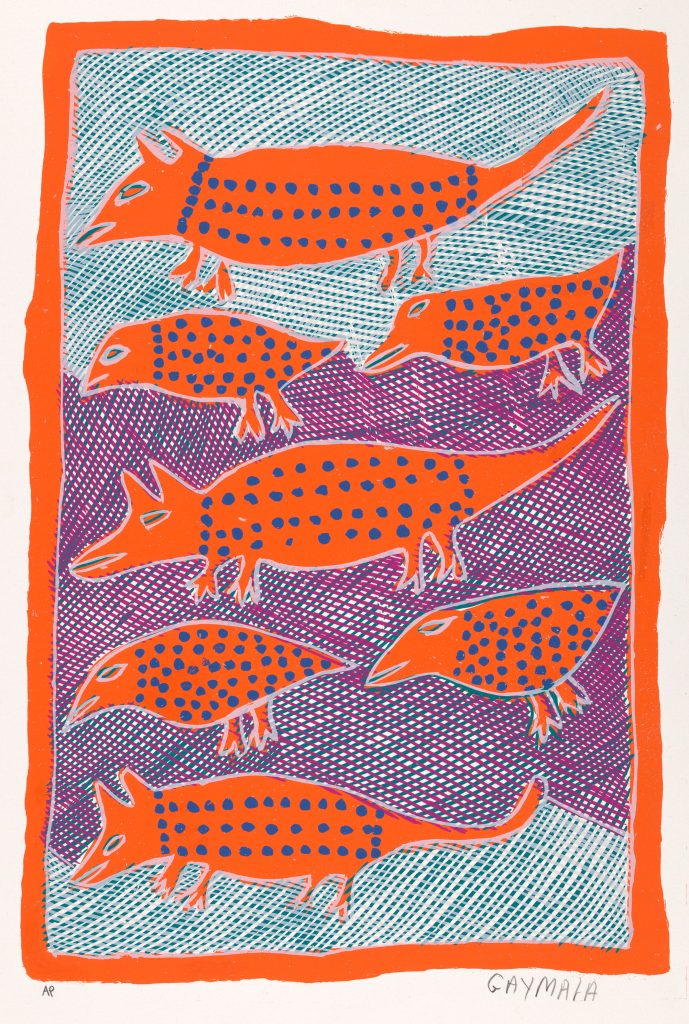
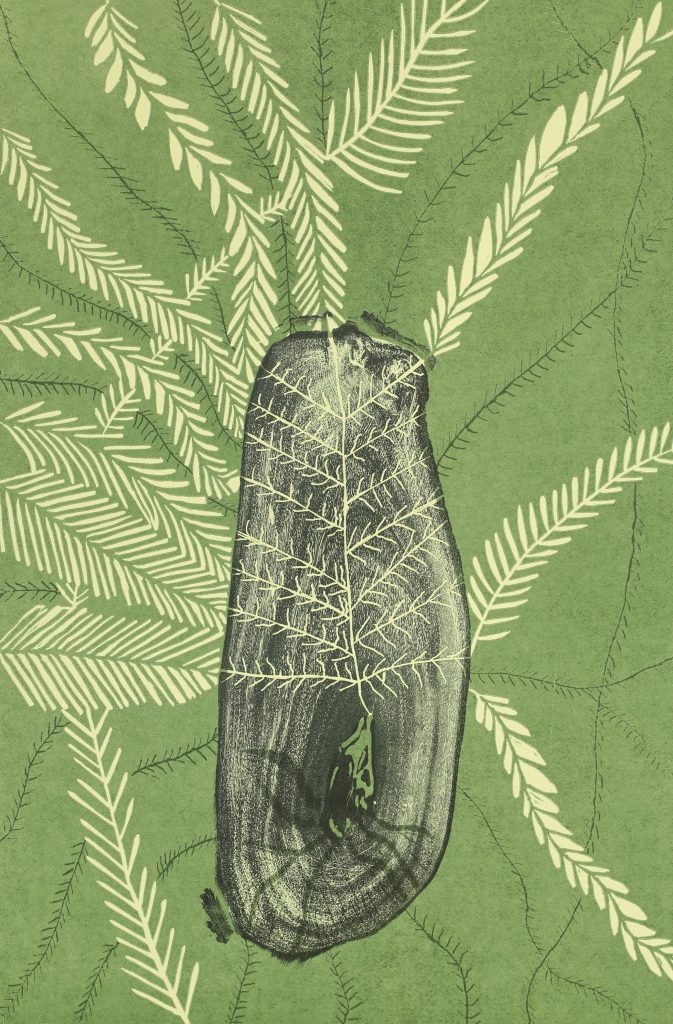
Yolŋu power considers the significant moments in Yirrkala’s history from the 1940s to the present when artists have consciously altered their practice, developed new styles or embraced new mediums. The unique exhibition design brings together bark paintings, drawings and prints on paper, and sculpture in both wood and metal together with immersive time-based art experiences.
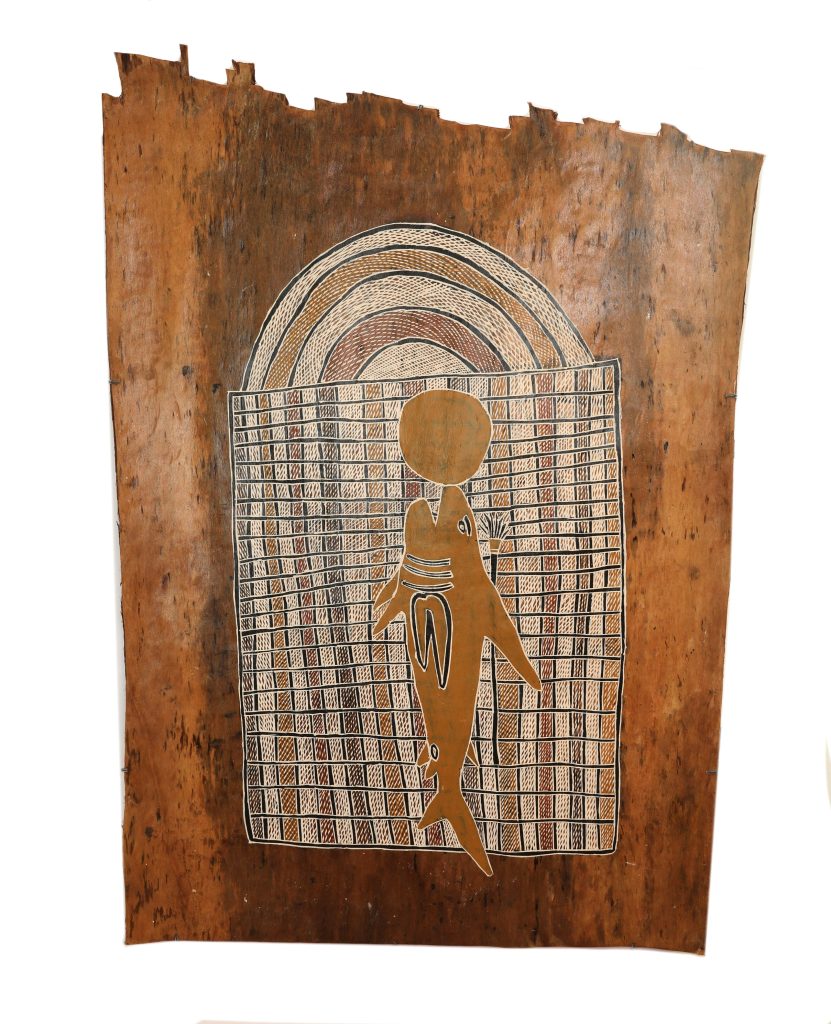

Buku-Larrŋgay Mulka Centre is an Indigenous community-controlled non-profit art centre in north-east Arnhem Land. The art centre is located on Rirratjiŋu country in Yirrkala, a small Aboriginal community on the north-eastern tip of the Top End of the Northern Territory, approximately 700 kilometres east of Darwin. The art centre supports the artists across more than twenty homeland centres in a 150-kilometre radius. ‘Buku-Larrŋgay’ means ‘the feeling on your face as it is struck by the first rays of the sun’ and ‘Mulka’ means ‘a sacred but public ceremony’.
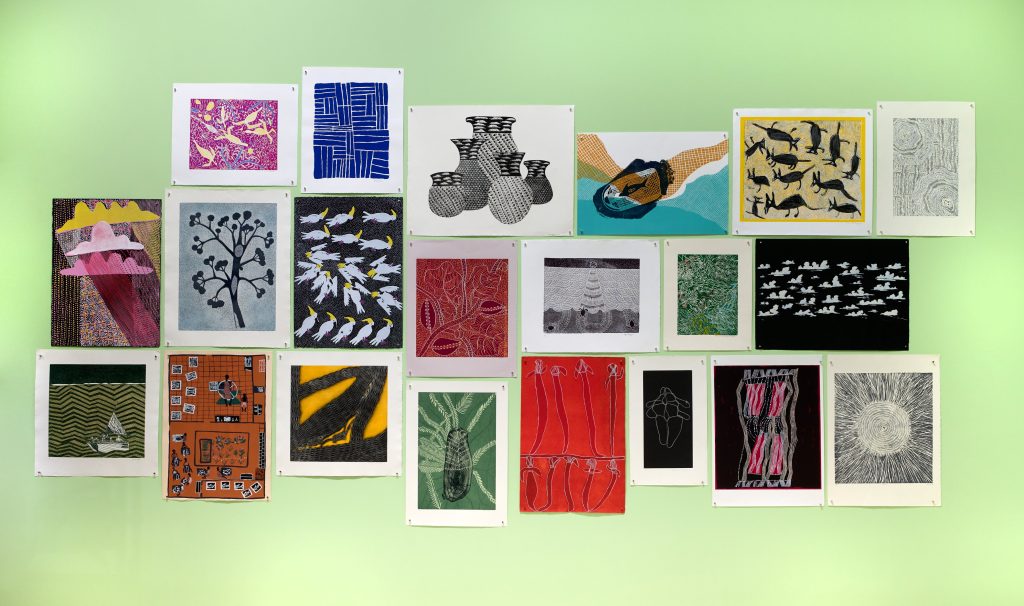
The Buku-Larrŋgay Mulka Centre was established in the 1970s during the land rights movement as an act of Yolŋu self-determination. Decades earlier, artists at Yirrkala were among the first Indigenous Australians to employ art as a political tool, notably through the Yirrkala Bark Petitions of 1963 sent to the Australian Parliament to assert Yolŋu custodianship of country.

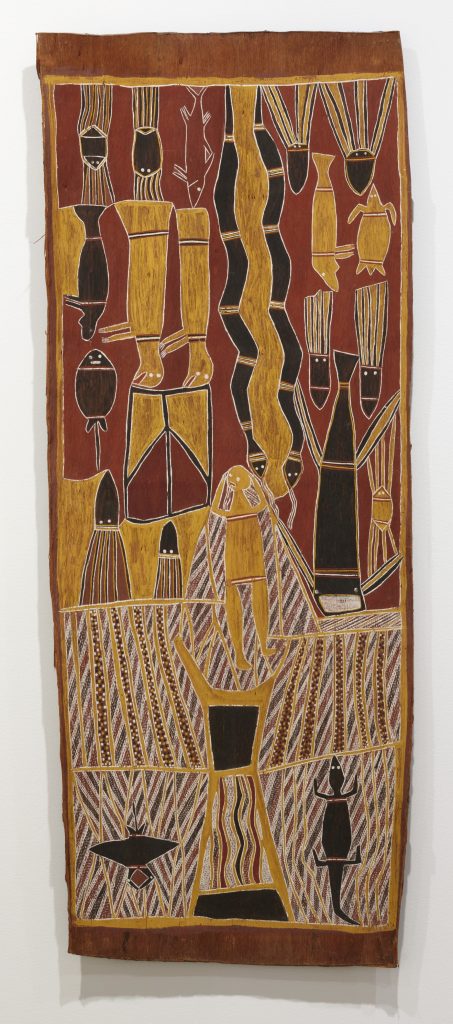
Highlights include work by the phenomenal Mawalan Marika and Muŋgurrawuy Yunupiŋu. In 1959, Mawalan Marika and Muŋgurrawuy Yunupiŋu led a major project for the Art Gallery of New South Wales, with Malawan painting the Djaŋ’kawu, who are revered for disseminating law to Dhuwa people, while Muŋgurrawuy painted Lany’tjuŋ, who is connected to the transmission of knowledge to Yirritja people.
Artists at Yirrkala subsequently collaborated to realise the Yirrkala Church Panels in 1962 and Yirrkala Bark Petitions in 1963, which each consist of two components, one Dhuwa and one Yirritja, reflecting the equilibrium within the Yolŋu world and a unified response to the threat of mining on their country.
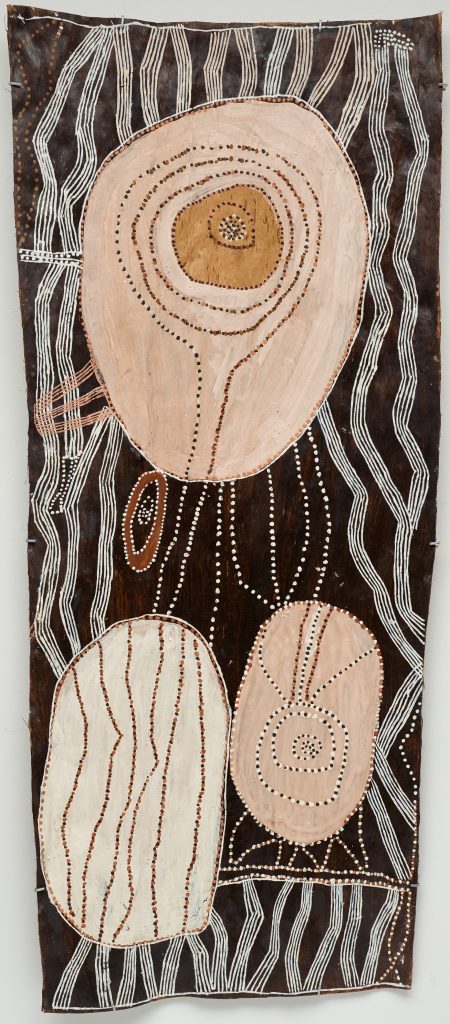
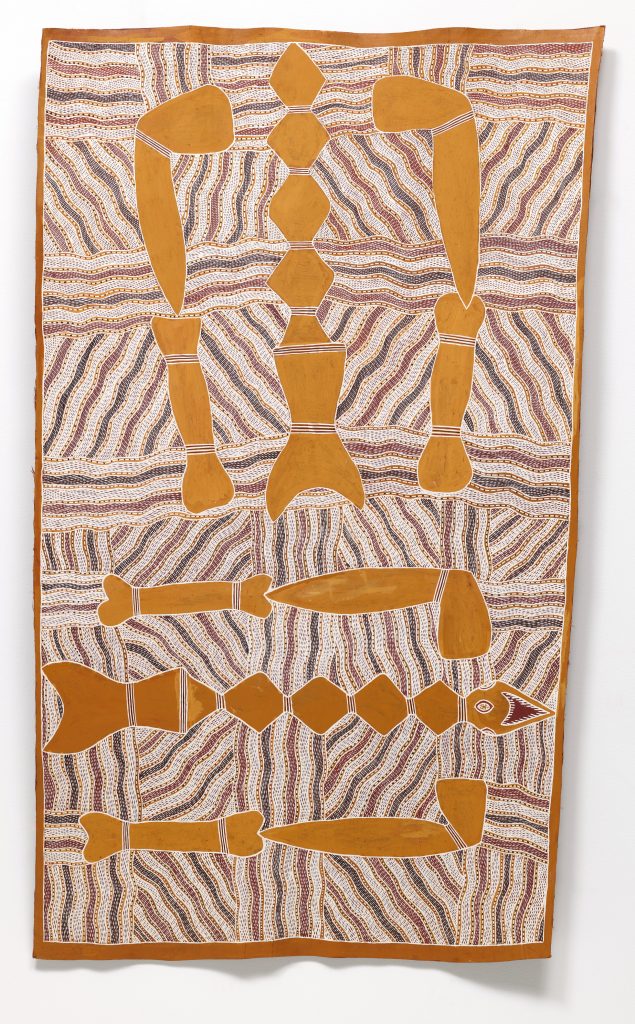
The exhibition also demonstrates how Yolŋu artists have used art for politics and petition, as seen in the works from the Saltwater Collection of 1997–98 that document Indigenous sea rights, and Maḏarrpa leader Djambawa Marawili’s push to produce a new aesthetic that allowed the next generation of artists to explore new ways of working.
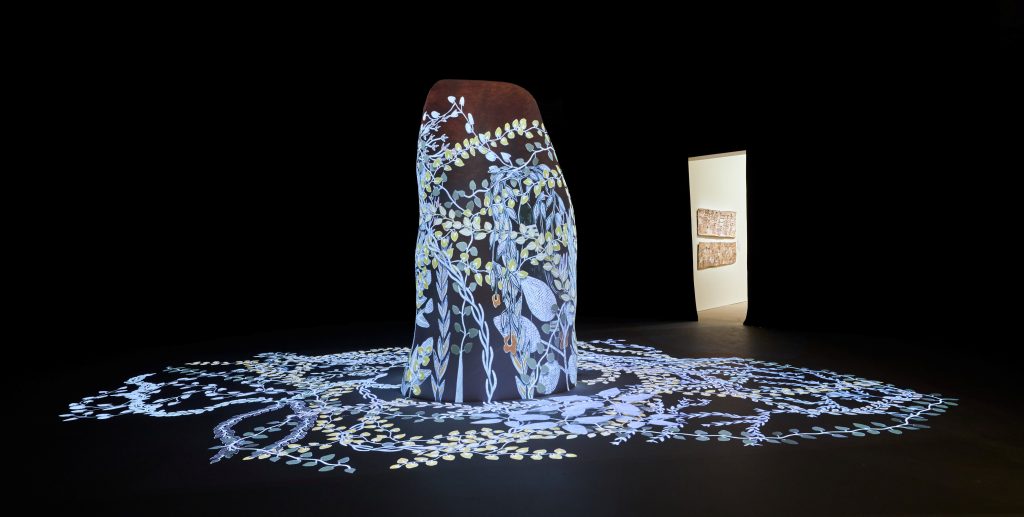
Another highlight is the digital work Mulkuṉ Wirrpanda with The Mulka Project Rarrirarri 2023.
For several female artists, their initial work in printmaking led to more expansive practices focused on the everyday. Mulkuṉ Wirrpanda spent ten years documenting plants in a secular manner, out of concern for a loss of knowledge about the plants she grew up eating. The digital work Rarrirarri was developed by The Mulka Project and close members of Mulkuṉ’s family following her passing. The work brings her paintings to life as plants grow, trailing across the floor and over the termite mound they are projected onto, insects emerge and fly through the foliage, and figures dance to the singing of Binygurr Wirrpanda, Muluymuluy and Mulkuṉ herself. As past and present coalesce, Rarrirarri offers a compelling portrayal of seasonal change.
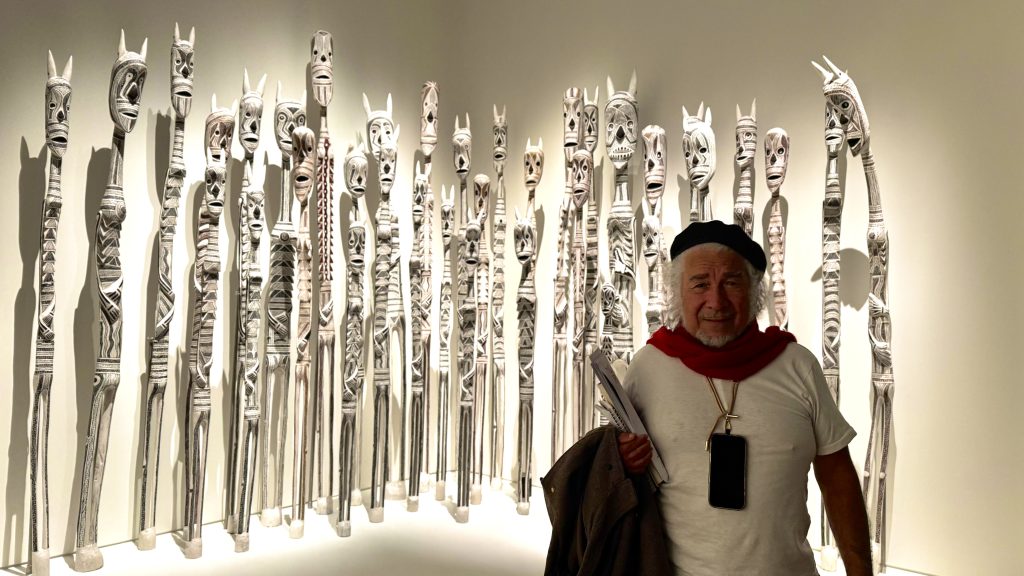
Djambawa Marrawili, artist and leader of the Maḏarrpa clan, is recognised for his distinctive styles of painting which have been highly influential in Yolŋu artmaking since the mid 1990s. Speaking at the Sydney opening he said, “It is really important to share this Australia. What do you think of Australia? We need to make a humble peace for ourselves. If you cannot feel confidence and honour, then money cannot give you this. The money will turn you around into evil, and then we cannot feel no kinship, no relationships, no neighbours. What I’m saying, hear now. The message has been given to you guys. It’s really clear.”
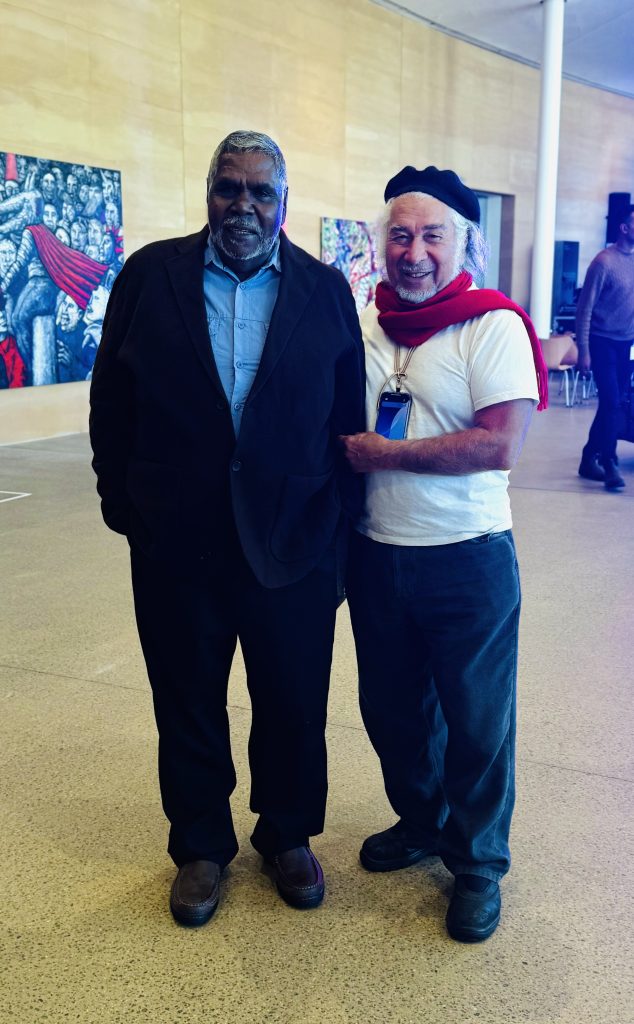
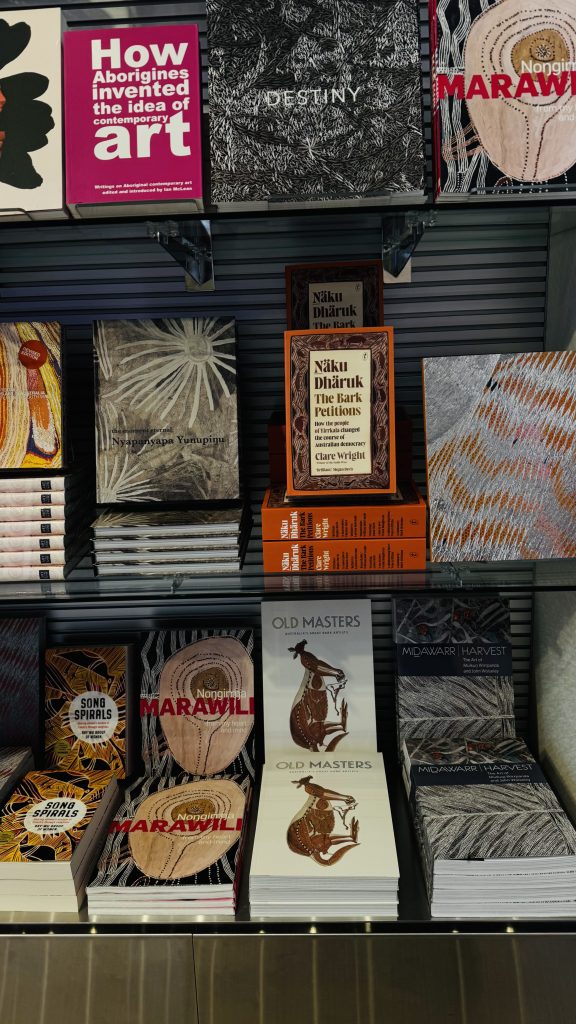
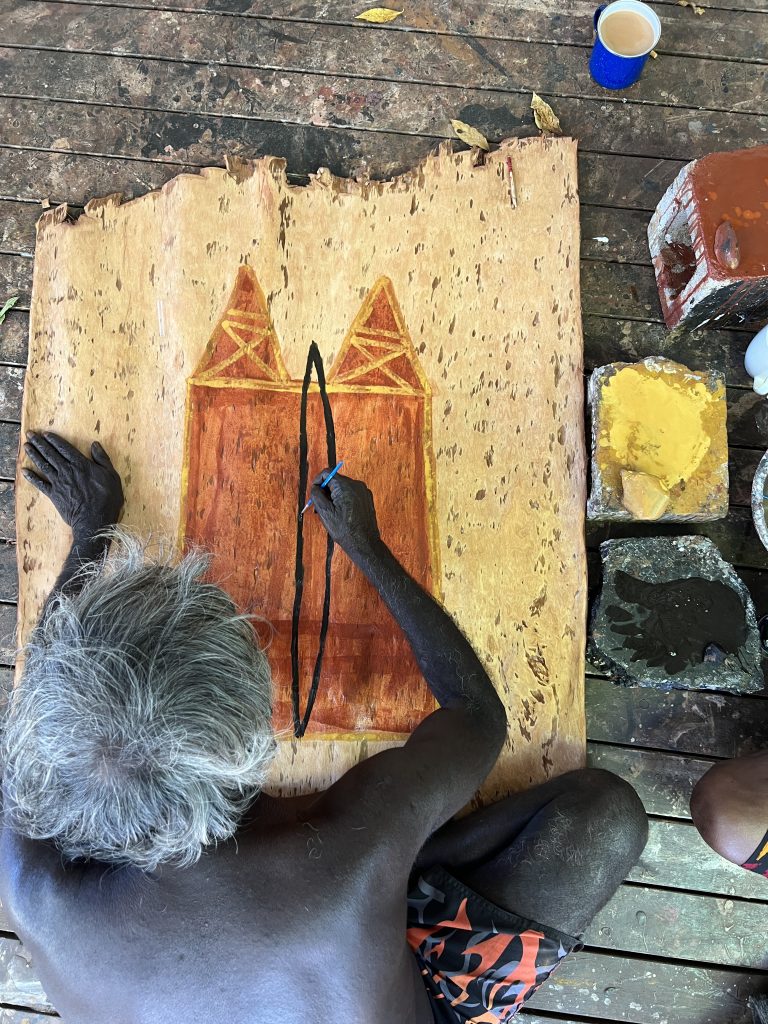
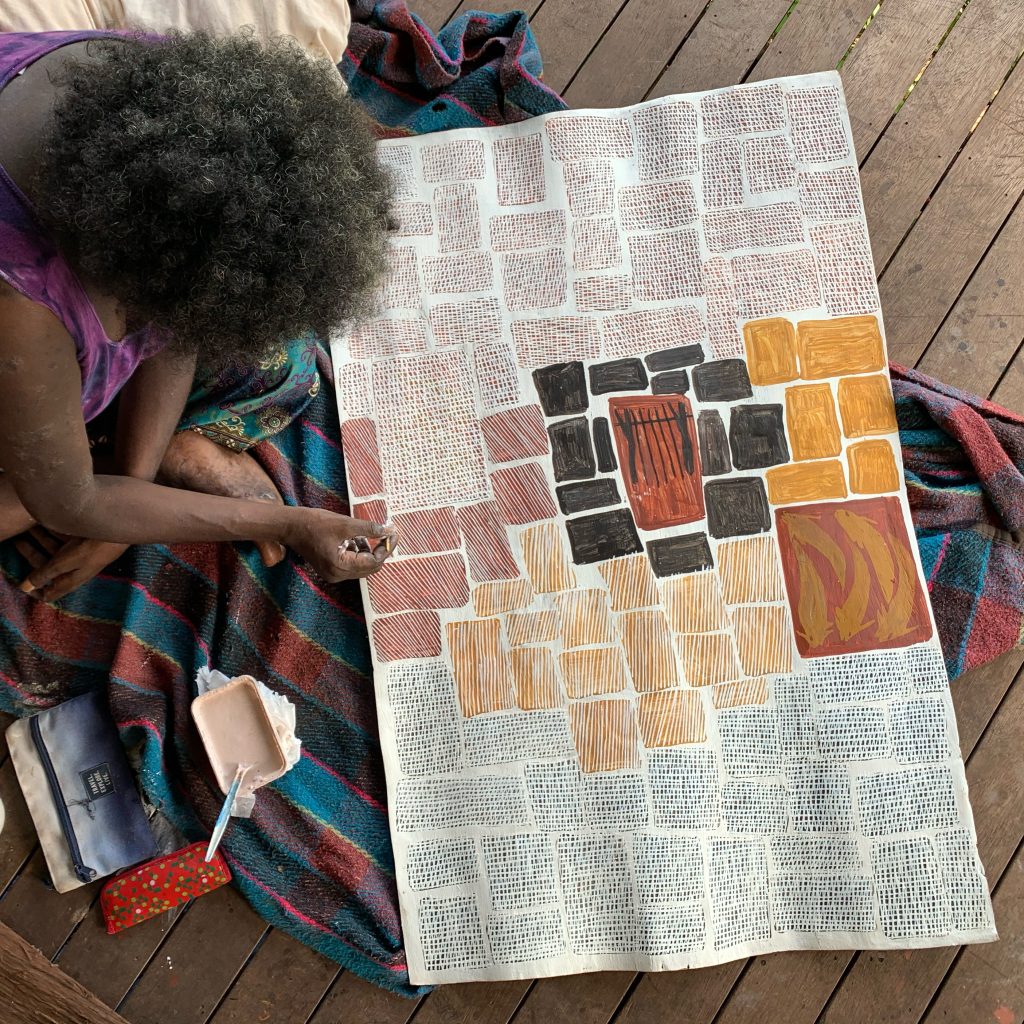
Alongside Yolŋu power is Yalu, a dramatic and immersive light and sound installation that brings the colours and songs of Yolŋu country to the Nelson Packer Tank, the former wartime oil bunker beneath the Art Gallery’s Naala Badu building.
Yalu is newly commissioned from the collective of Yirrkala artists and digital producers known as The Mulka Project, founded in 2007 within the Buku-Larrŋgay Mulka Centre as a digital production studio and living audiovisual archive. Today, The Mulka Project employs the latest technologies to realise complex time-based artworks such as Yalu.
Yalu can mean a crocodile nest, a termite mound, a womb, or a home – a sanctuary that protects new life. Grounded in these ideas of sanctuary, origin and kinship, Yalu evokes the shifting cycles of land and sea and the interconnected flow of culture in this special installation, which is open until 20 July 2025.
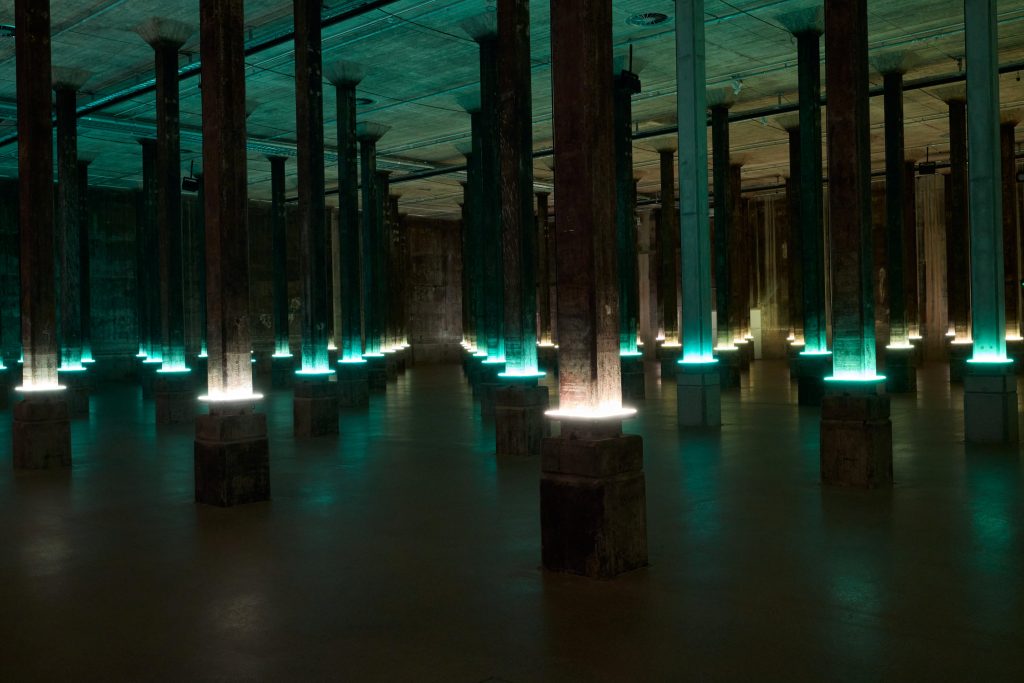
During school holidays, children and families can discover the Yolŋu power exhibition through bespoke children’s tours led by First Nations educator Nebbi Boii.
Throughout the exhibition, families can join free kids drop-in workshops to make stringybark leaves and blossoms and busy bees inspired by the work of Yolŋu artist Gaypalani Waṉambi.
There’s also the Warakirri dining experience – a unique culinary and cultural journey created by Ngemba Weilwan woman Sharon Winsor of Indigiearth. It celebrates the rich world of Australian native foods, botanicals, culture and storytelling with an immersive five-course degustation accompanied by live performances, musical storytelling and insights into Aboriginal culture and cuisine.
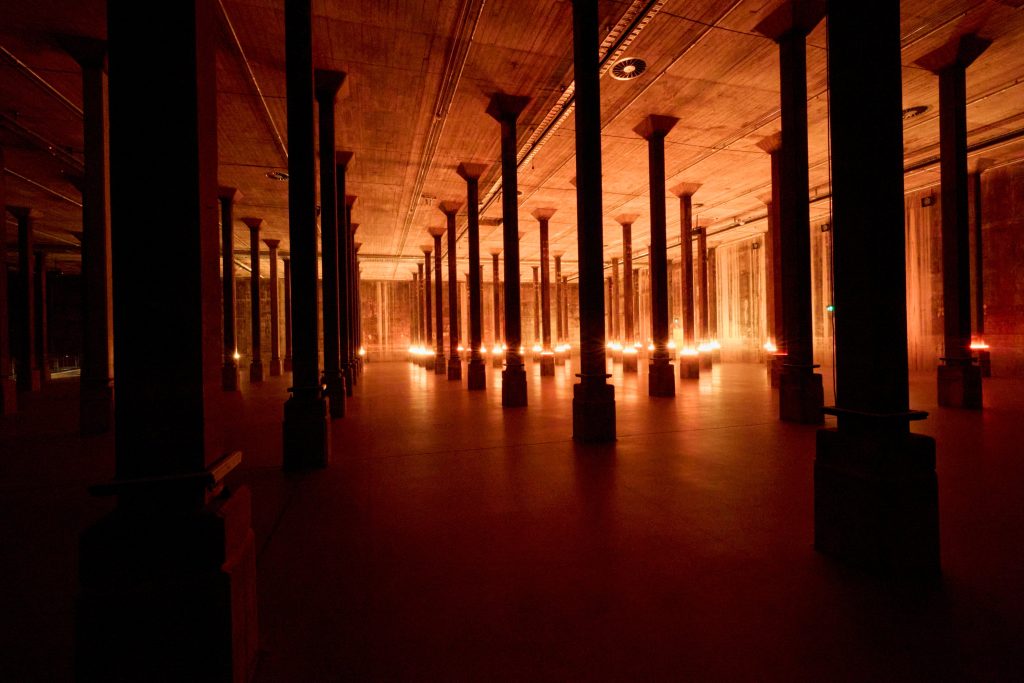
Yolŋu power: the art of Yirrkala will be on display at the Art Gallery of NSW, in the Ainsworth Family Gallery in Naala Badu from 21 June to 6 October 2025.
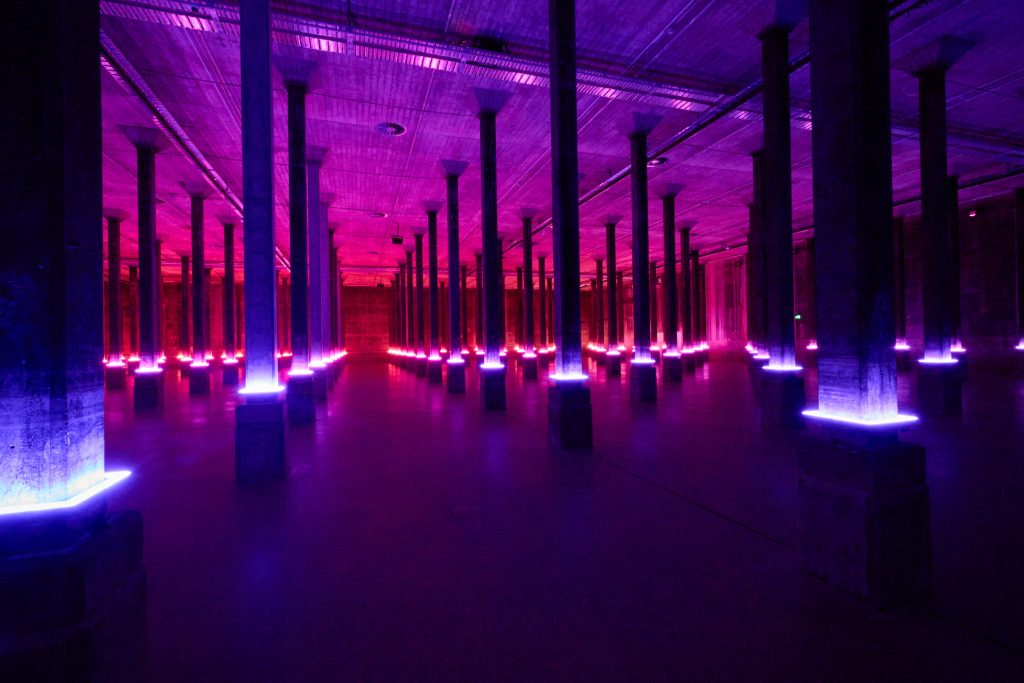
On Gadigal Country
Art Gallery of New South Wales
Art Gallery Road, The Domain
Sydney NSW 2000 Australia




